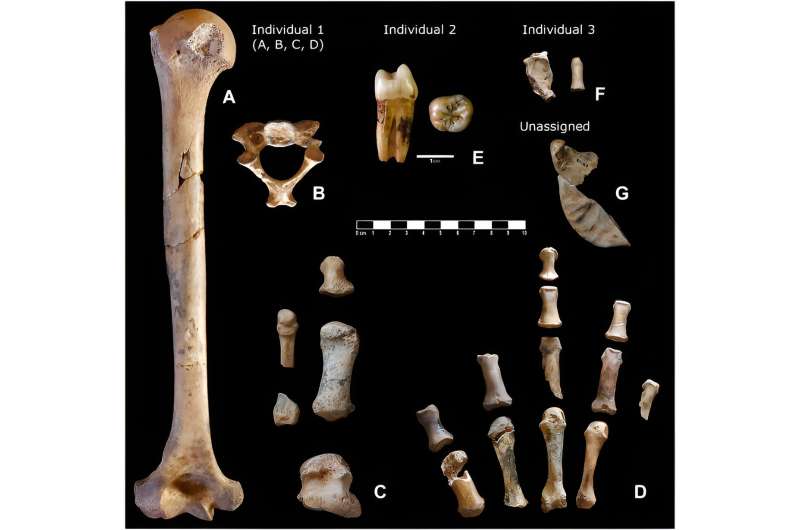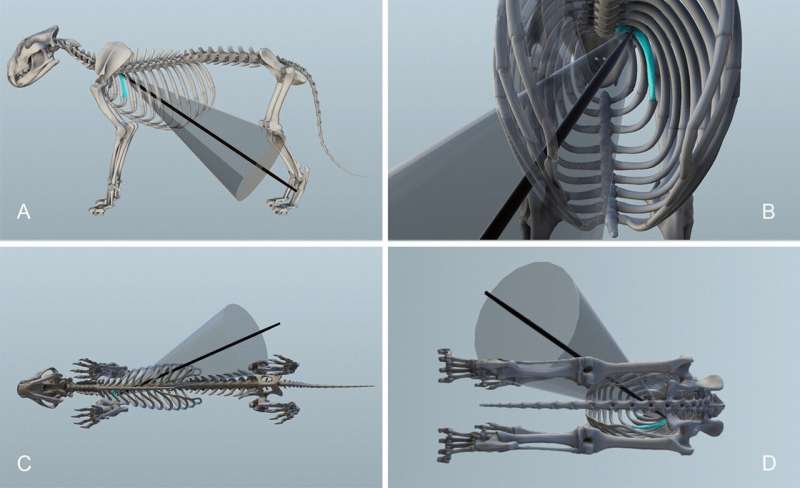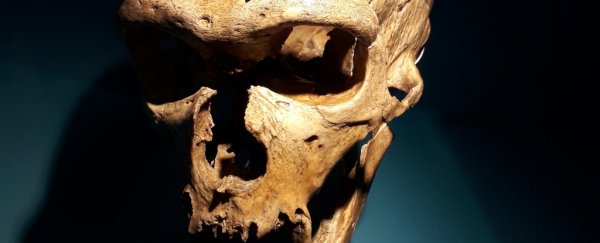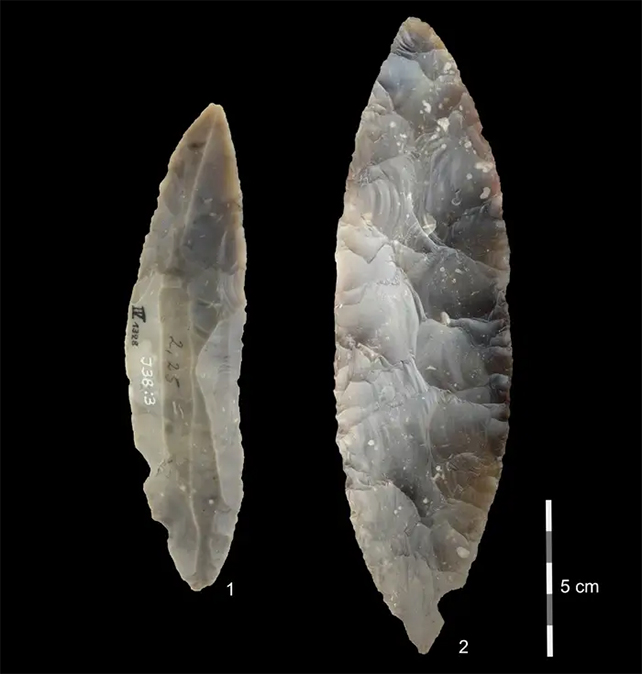ramonmercado
CyberPunk
- Joined
- Aug 19, 2003
- Messages
- 58,271
- Location
- Eblana
Time to rename the disease.
The 40,000-year-old genetic inheritance bestowed on us by the Neanderthals has been highlighted by a new study.
The new findings suggest that the risk of developing Dupuytren's disease, sometimes called "Viking disease," increases when a person has inherited DNA from Neanderthal ancestors.
Researchers analyzed more than 7,000 people with Dupuytren's disease – a common condition particularly in northern Europe where people's fingers are permanently bent – to examine genetic risk factors.
Also called Dupuytren's contracture, it occurs when nodules appear in the ligaments beneath the skin of a person's palm, according to The British Society for Surgery of the Hand, and it is more commonly developed by men than women later in life. ...
https://www.sciencealert.com/viking-disease-hand-disorder-may-come-from-neanderthal-genes
The 40,000-year-old genetic inheritance bestowed on us by the Neanderthals has been highlighted by a new study.
The new findings suggest that the risk of developing Dupuytren's disease, sometimes called "Viking disease," increases when a person has inherited DNA from Neanderthal ancestors.
Researchers analyzed more than 7,000 people with Dupuytren's disease – a common condition particularly in northern Europe where people's fingers are permanently bent – to examine genetic risk factors.
Also called Dupuytren's contracture, it occurs when nodules appear in the ligaments beneath the skin of a person's palm, according to The British Society for Surgery of the Hand, and it is more commonly developed by men than women later in life. ...
https://www.sciencealert.com/viking-disease-hand-disorder-may-come-from-neanderthal-genes






